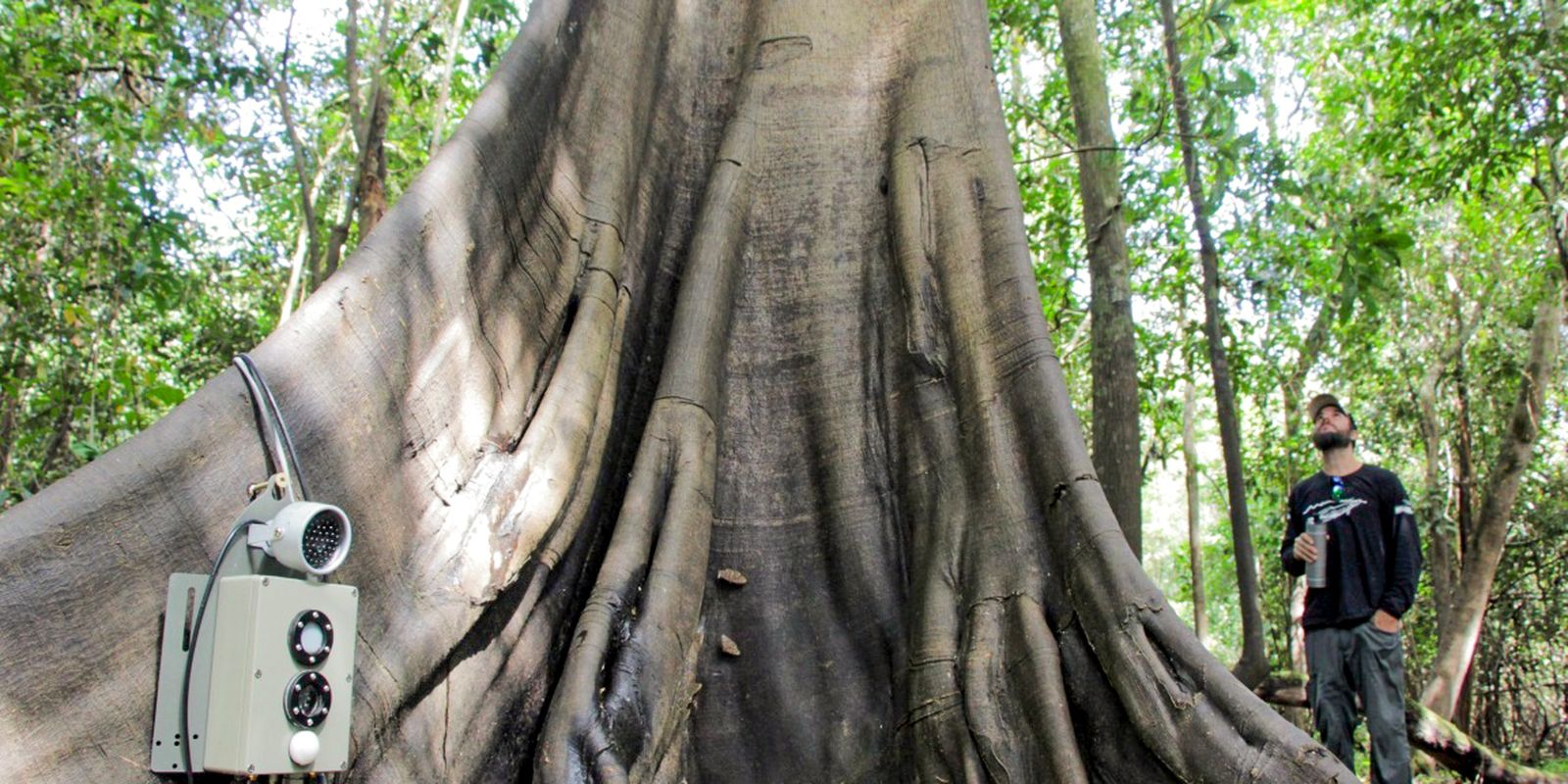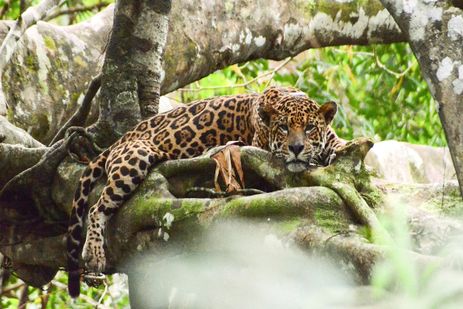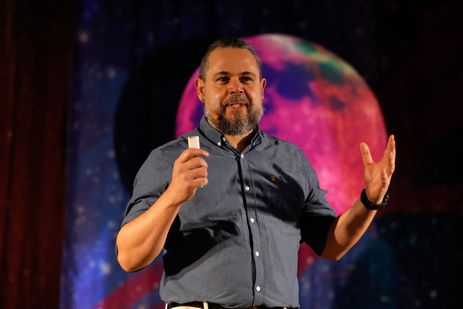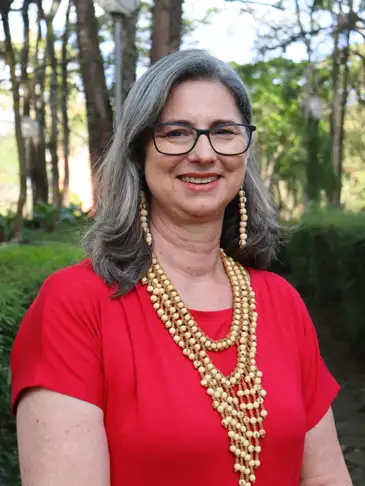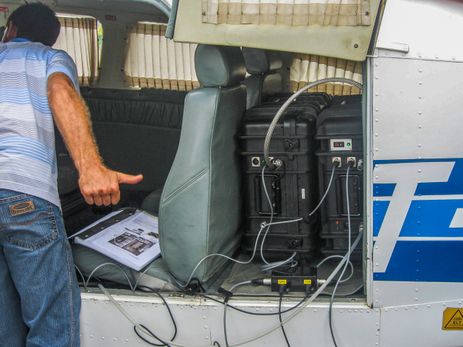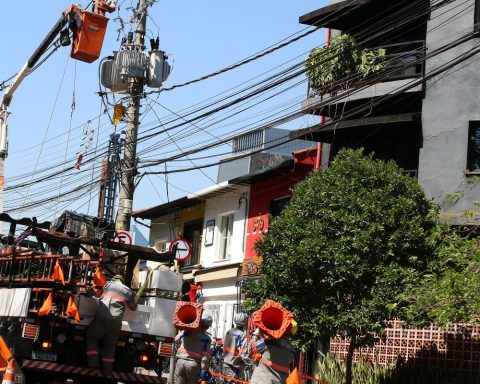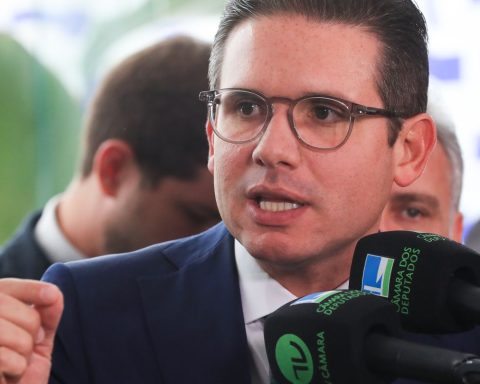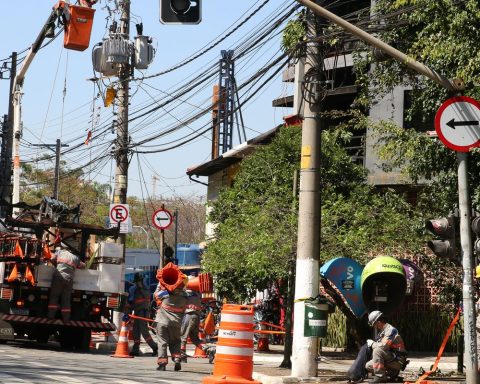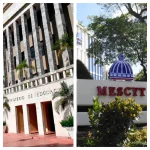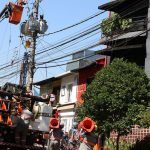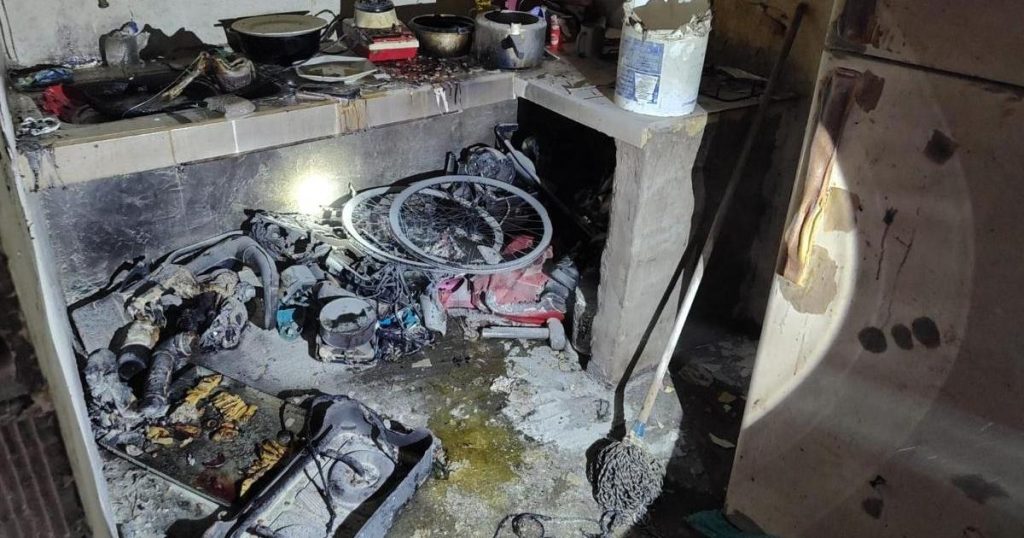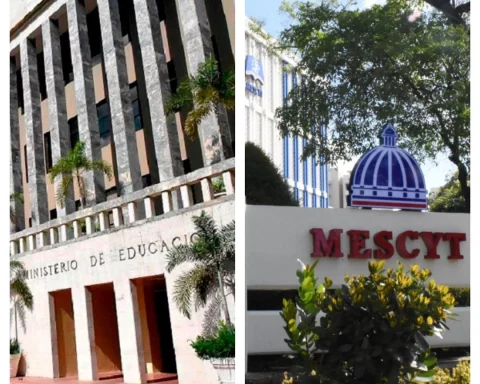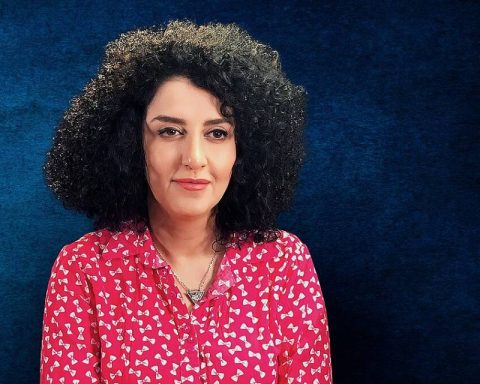The birds singing. The vibration that the jaguar emits when walking through the forest. Communication between arapaima in the depths of rivers. In the interior of the Amazon, forest sounds function like a harmonic orchestra. Even untrained ears can perceive the symphony. But, if one of the “instruments” goes out of tune or stops playing, the mismatch is also evident.
The analogy between music and Amazonian biodiversity comes from Rio de Janeiro biologist Emiliano Ramalho, 46, who has lived in the forest for more than two decades. It’s the best way he found to explain how continuous monitoring of animals helps assess the functioning of the ecosystem and whether there are warning signs.
Ramalho is the technical-scientific director of the Mamirauá Institute for Sustainable Development, in the city of Tefé, in Amazonas, an entity linked to the Ministry of Science, Technology and Innovation (MCTI). Since 2016, he has coordinated the Providence Project, which uses automated sound and image systems to study Amazonian species. There are more than 40 sensors spread throughout the forest, which monitor in real time, 24 hours a day and seven days a week.
“Through technology, we are able to observe a number of species and types of behavior that would be impossible to monitor by natural means. So, it completely changes the perspective of observing the animals. Technology does not exclude the need, often, for humans to go into the field, but it becomes a type of seventh sense for us”, says the biologist.
Emiliano Ramalho worked specifically with counting arapaima at the beginning of his career, and later became one of the greatest experts in the ecology and biology of jaguars, mainly in floodplain environments. In a scenario that suffers from floods for three to four months a year, the feline adapts and starts to live at the top of the trees. The behavior was scientifically recorded for the first time by the researcher.
The biologist often says that “the jaguar is fundamental for the conservation of the forest and the forest is essential for the survival of the jaguar”. In this sense, social and natural balance necessarily involves conservation strategies for Amazonian biodiversity. It is this work, perfected by technological instruments, that moves Ramalho to believe in a better future.
“To work in the Amazon, you need to have hope. I am optimistic, because our generation and the next will still have a chance to change the crisis scenario. But today the situation is very critical, because we no longer really have a buffer zone. If we don’t change the paradigm of how forest development should be, we will lose the Amazon”, analyzes the biologist.
Digital ecology
Another way to understand the climate dynamics of the Amazon is to look at trees and vegetation. This has been the path taken by São Paulo scientist Thiago Sanna Freire Silva, a digital ecologist, as he likes to call himself, who teaches environmental information technology at the University of Stirling, in Scotland, and coordinates flood forest monitoring projects.
The scientist’s main focus is on understanding how changes in hydrology, in water levels during droughts and floods, affect the ecosystem, especially in a scenario in which these phenomena have become more extreme. To have a broader analytical view, it scans large areas of the forest with technology light detection and ranging (Lidar), a sensor capable of emitting lasersmap and generate 3D scenarios.
“We started with the following reflections: if we start to have very intense droughts all the time, this could be a good thing for the trees. Because when they are flooded, they generally stop growing. At the same time, due to the increase in temperature and the reduction in precipitation, during the dry season there may also be a lack of adequate water for them. And the trees will be stressed and even more vulnerable than in dryland forests”, says Silva.
The scientist explains that the analysis helps to understand patterns at macrostructural levels, based on large scales and patterns of forest functioning. And that the results are improved when dialoguing with studies at the micro and local level. Given the accelerated pace of impacts and damage to the ecosystem, it is necessary to think first about adaptations, before envisaging environmental regeneration.
“One of the big problems with these major climate crises is that we have no way of stopping them, due to their speed and size. All we can do is adapt, better understand what is happening and be able to predict in advance how these changes will accumulate over the decades. This way, we can think of better strategies on how to preserve these forests and help the people who depend on these environments”, projects Silva.
By tracking the health of wetlands over years, scientists distinguish areas that need to be protected before damage becomes irreversible. As long as there is study, there is hope.
“Any scientist who works on ecology and climate change experiences a rollercoaster of feelings. At times, you become completely pessimistic. In others, there is a burst of optimism. The most important thing is that we have sought engagement with local communities, the people who have the greatest capacity to really protect and make a difference. And sometimes they may not even realize the power they have”, says the researcher.
Stressed forest
In the case of scientist Luciana Gatti, the signs of deforestation and the climate crisis are perceived in the air. She is a chemist and coordinates the Greenhouse Gas Laboratory (LaGEE) at the National Institute for Space Research (Inpe). Since 2003, he has been working on research in the area of climate change, focusing on the role of the Amazon in carbon emissions and absorption.
The measurement of greenhouse gas emissions began in 2004, in the Tapajós National Forest, in Pará. From 2010 onwards, they were able to expand the work to other locations in the Amazon. Small planes fly over specific points in the forest, where air samples are collected and stored in vials for later analysis in the laboratory.
With this, it could be calculated whether the forest was behaving as a carbon source or sink. In other words, whether it maintained the capacity to absorb more greenhouse gases than were emitted.
“The first observation was that one region of the Amazon is very different from the other. Most scientists use one number or rate and apply it to the entire biome. We saw that the more the forest was deforested, the more the region had lost rainfall and increased temperature over 40 years. And this happened mainly during the dry season, specifically between the months of August and October, during the dry season. Deforestation is not just about carbon loss and greenhouse gas emissions. It is also a change in the climate condition for the forest that has not yet been deforested”, explains Luciana.
In other words, the forest that is being modified by deforestation around it lives in a “stressful” situation.
“We are killing the forest in two different ways: directly and indirectly. The tree cannot carry out photosynthesis, because it is so dry underground that it needs to close its ‘stomach’ so as not to lose water and continue living. And this explains why trees in the most deforested regions emit seven times more carbon than those in the least deforested regions”, says Luciana.
In an ideal scenario, the Amazon Forest’s carbon balance should be neutral, with a balance between emissions and absorption. But, with deforestation, the forest itself becomes a source of carbon and loses its ability to regulate the climate. According to the scientist, there is no other solution than to stop the destruction and prioritize forest restoration projects.
“We need a survival plan to restore the lost areas of the Amazon. I have a suggestion: let’s set the goal of reducing the Brazilian cattle herd by 44%, since it is the main cause of greenhouse gas emissions and most of the deforestation turns into pasture”, argues Luciana. “Our survival plan is to plant trees It is what will lower the temperature, protect us from heat waves, from extreme events. Whoever said that destroying the forest is progress is ignorant.
Series about the Amazon
The report is part of the series In Defense of the Amazonwhich opens the year of the 30th UN Conference on Climate Change (COP30), to be held in Belém, in November this year. In articles published in Brazil Agencypeople of the Amazon and those directly engaged in defending the forest discuss the impacts of climate change and responses to deal with it.
*The team traveled at the invitation of CCR, sponsor of TEDxAmazônia 2024.
